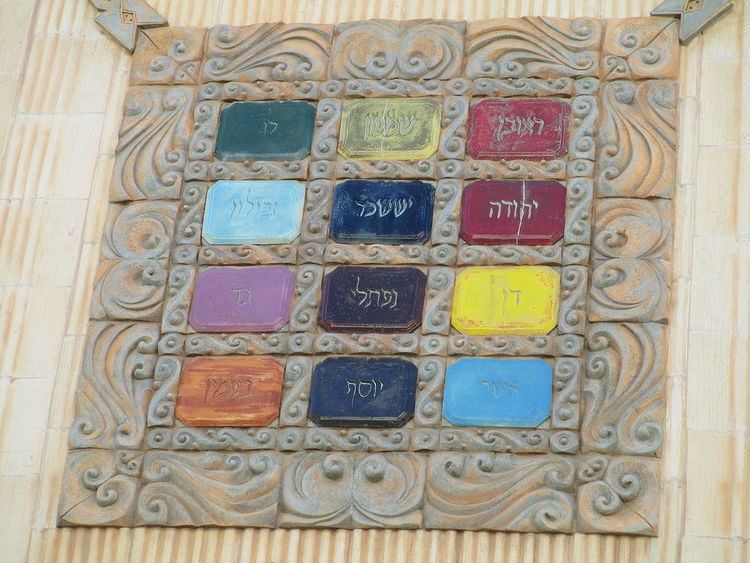 | ||
A birthstone is a gemstone that represents a person's month of birth. Birthstones are often worn as jewelry and as pendants.
Contents
Western custom
The first century Jewish historian Josephus believed there was a connection between the twelve stones in Aaron's breastplate (as described in the Book of Exodus) the twelve months of the year, and the twelve signs of the zodiac. Translations and interpretations of the passage in Exodus regarding the breastplate have varied widely, however, with Josephus himself giving two different lists for the twelve stones. George Kunz argues that Josephus saw the breastplate of the Second Temple, not the one described in Exodus. St. Jerome, referencing Josephus, said the Foundation Stones of the New Jerusalem (Revelation 21:19–20) would be appropriate for Christians to use.
In the eighth and ninth century, religious treatises associating a particular stone with an apostle were written because, as the book of Revelation states "their name would be inscribed on the Foundation Stones, and his virtue". Practice became to keep twelve stones and wear one a month. Wearing a single birthstone is only a few centuries old, although modern authorities differ on dates Kunz places the custom in eighteenth century Poland, while the Gemological Institute of America starts it in Germany in the 1560s.
Modern lists of birthstones have little to do with either the breastplate or the Foundation Stones of Christianity. Tastes, customs and confusing translations have distanced them from their historical origins, with one author calling the 1912 Kansas list (see below) "nothing but a piece of unfounded salesmanship."
Traditional birthstones
Ancient traditional birthstones are society-based birthstones. The table below contains many stones which are popular choices, often reflecting Polish tradition.
The Gregorian calendar has poems matching each month with its birthstone. These are traditional stones of English-speaking societies. Tiffany & Co. published these poems "of unknown author" for the first time in a pamphlet in 1870.
Modern birthstones
In 1912, in an effort to standardize birthstones, the (American) National Association of Jewelers (now called Jewelers of America) met in Kansas and officially adopted a list. The Jewelry Industry Council of America updated the list in 1952 by adding alexandrite to June and citrine to November; specifying pink tourmaline for October; replacing December's lapis with zircon; and switching the primary/alternative gems in March. The American Gem Trade Association added tanzanite as a December birthstone in 2002. In 2016, the American Gem Trade Association and Jewelers of America added spinel as an additional birthstone for August. Britain's National Association of Goldsmiths created their own standardized list of birthstones in 1937.
Eastern custom
A Hindu text from 1879, Mani Mala, lists gems for each month.
Birthday (day of the week) stones
While the term "birthday stone" is sometimes used as a synonym for birthstone, each day of the week is also assigned a unique gemstone and these assignments are distinct from the monthly assignments.
